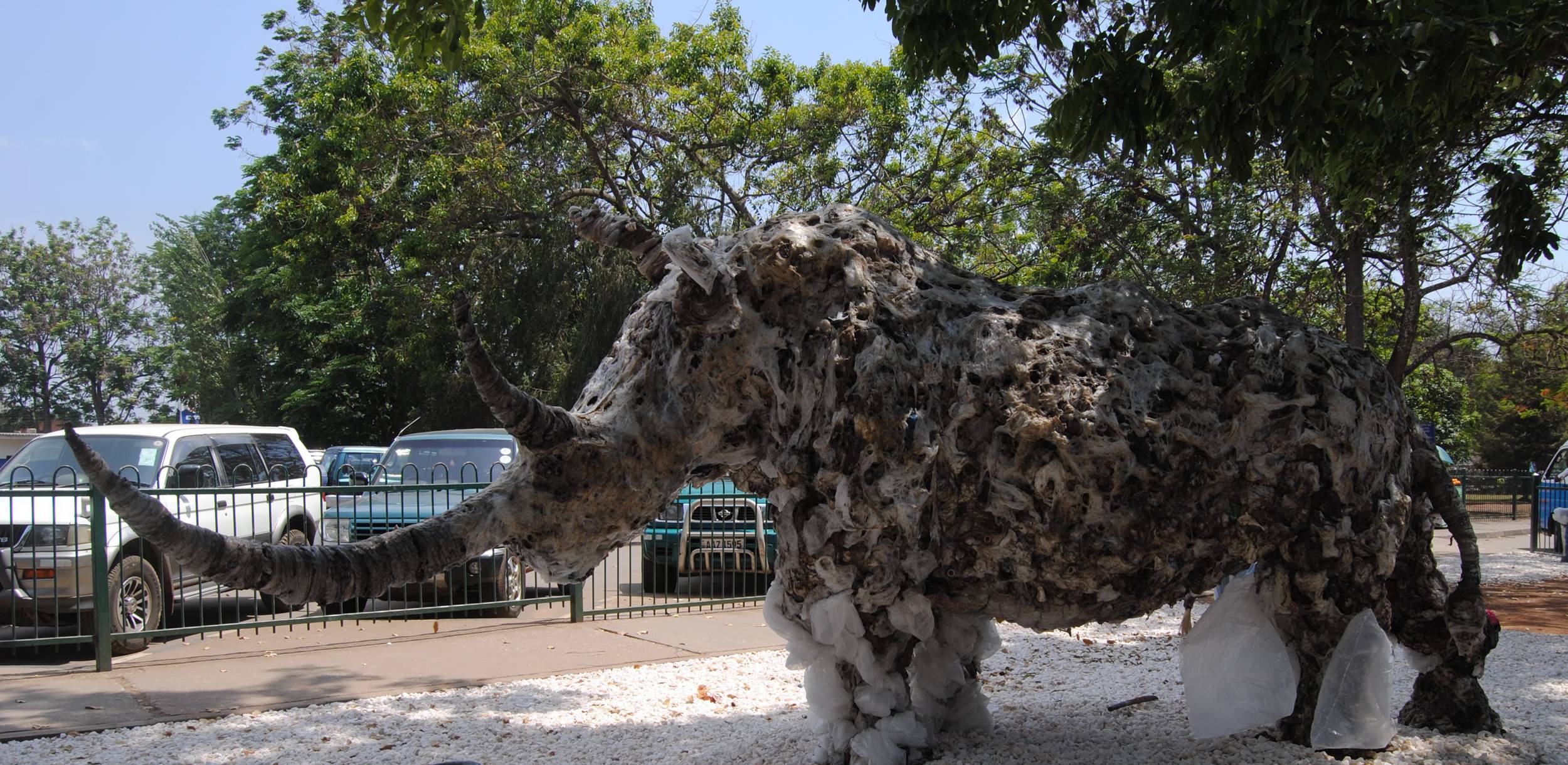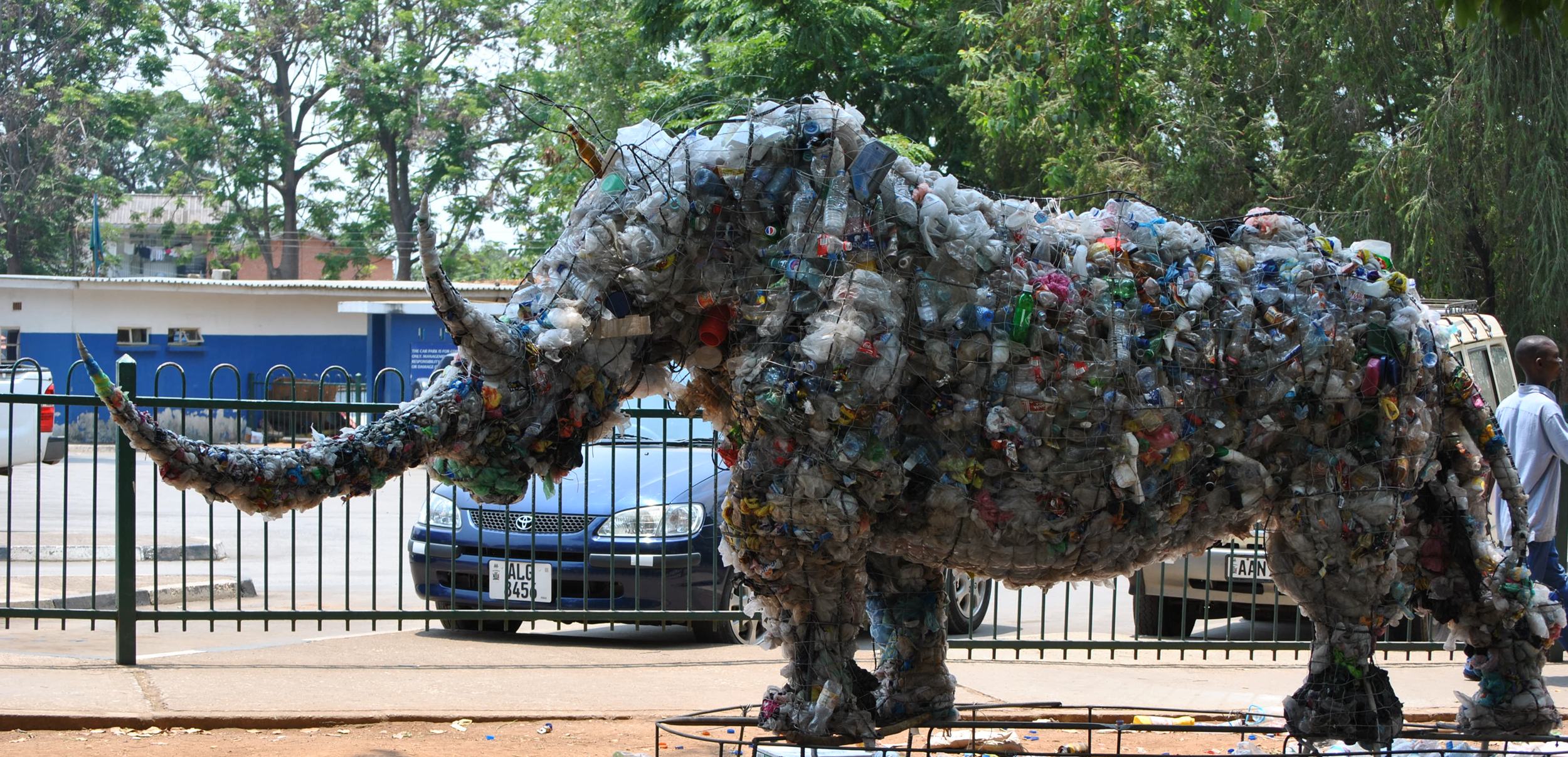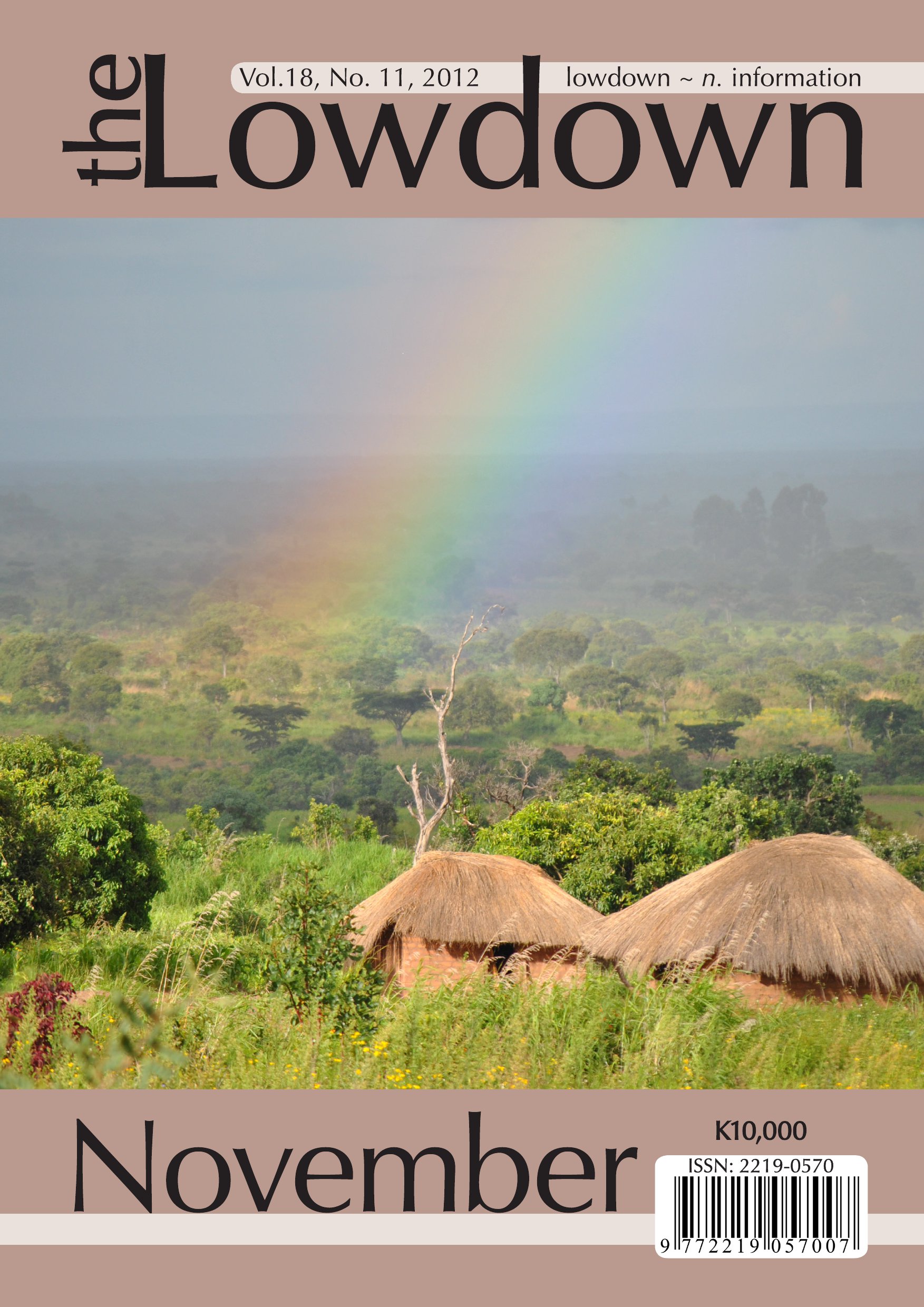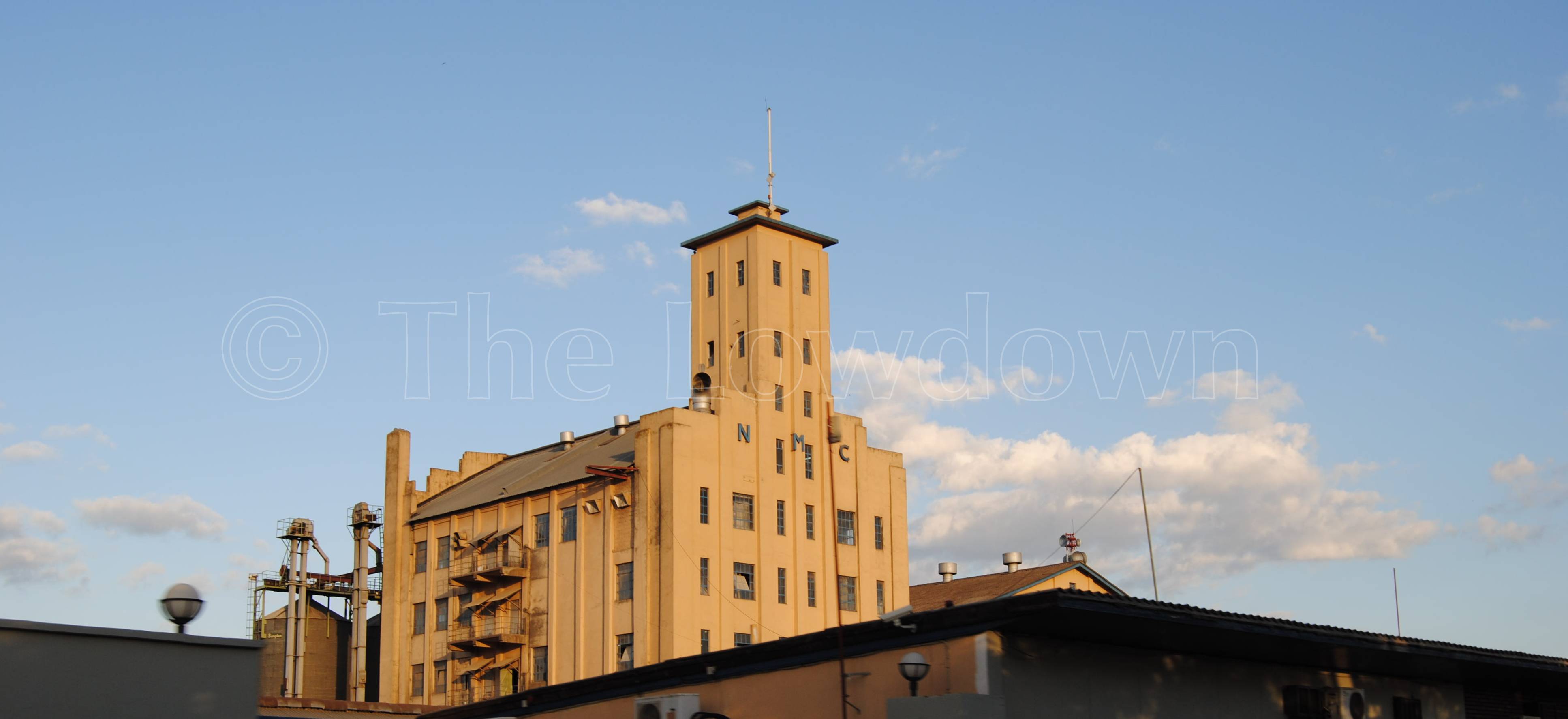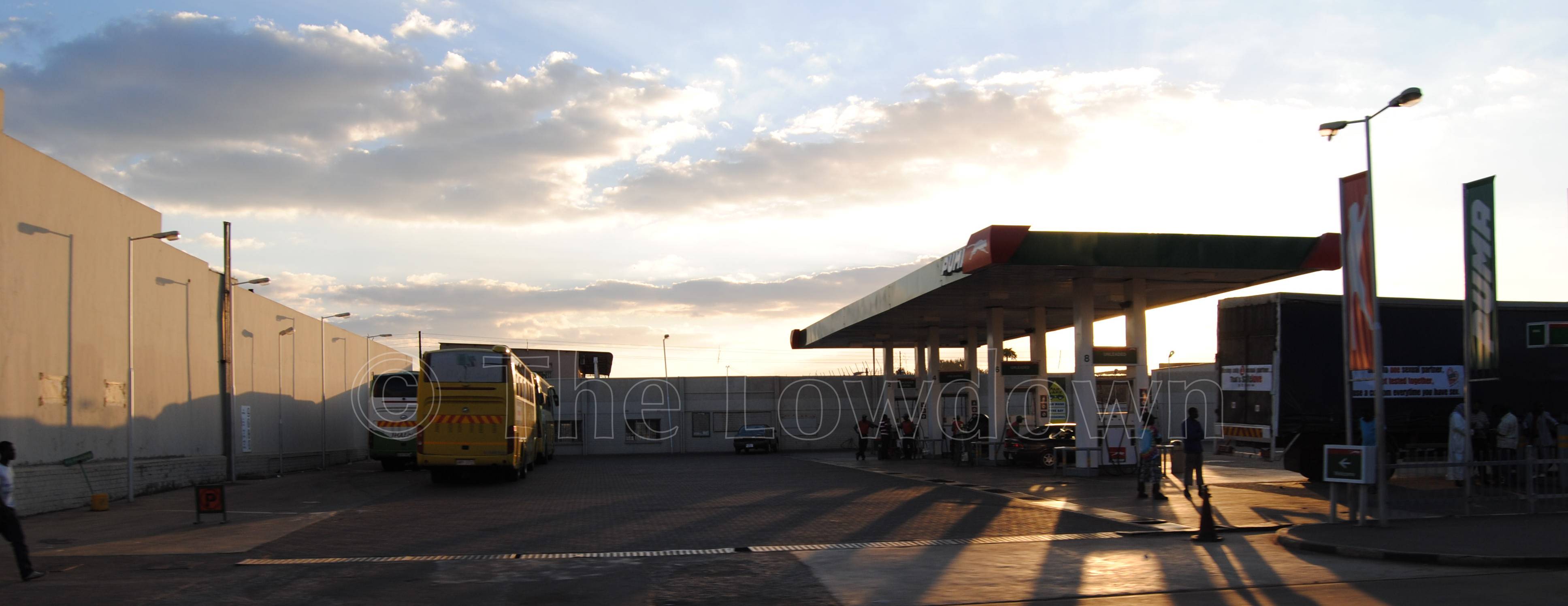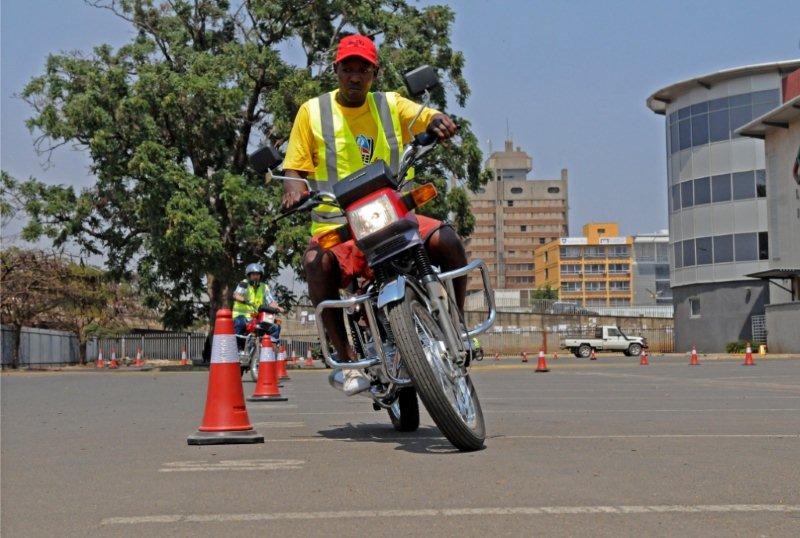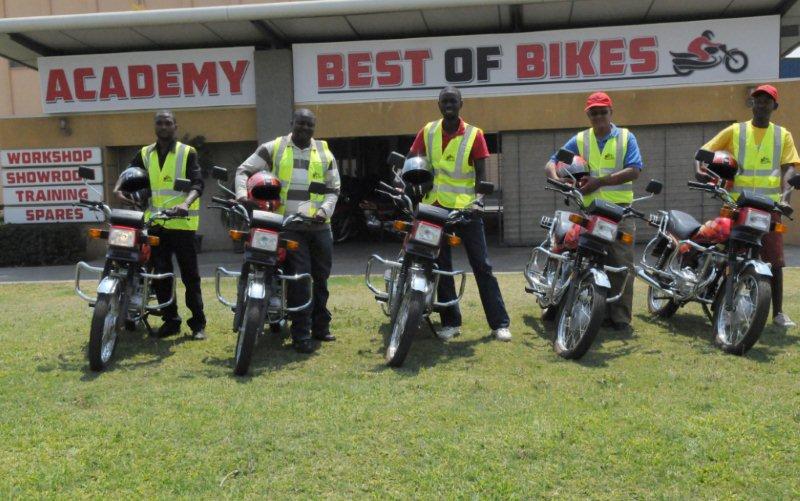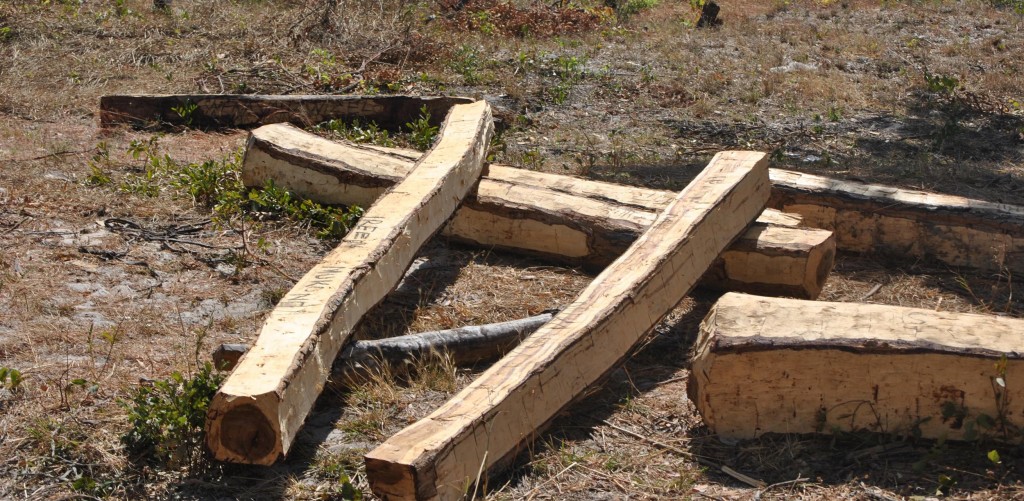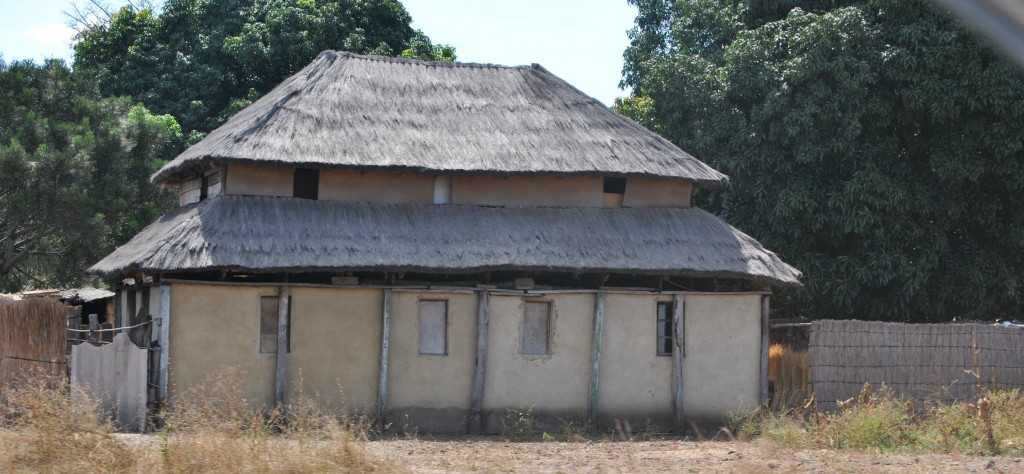 Always having had a passion for creams, especially face products, and always having spent a considerable amount of money on them, Paola of Essentials became curious about their ingredients and decided to find out more. First she purchased some books and started studying! Soon a hobby developed and she started making natural face and body products. Starting off with small batches of about 100 ml at a time, it was still too much for her own use so she started sharing the results of her experiments with a few friends, the ones who were brave enough! Some of them even passed the creams onto their own friends and soon she started receiving the first orders.
Always having had a passion for creams, especially face products, and always having spent a considerable amount of money on them, Paola of Essentials became curious about their ingredients and decided to find out more. First she purchased some books and started studying! Soon a hobby developed and she started making natural face and body products. Starting off with small batches of about 100 ml at a time, it was still too much for her own use so she started sharing the results of her experiments with a few friends, the ones who were brave enough! Some of them even passed the creams onto their own friends and soon she started receiving the first orders.
At this point Paola decided to make a business of it. This resulted in her landlords kindly building a room in the backyard which was painted, equipped with an aircon for preserving the precious ingredients and the products during the hot summer months, a small two plate stove, a couple of shelves, a work table, and soon it became a “cream room” where experiments and production are carried out.

Using only natural and, where possible, organic products, Paola uses a selection of base oils to which are added different ingredients dependent on the product.
Some of the base oils used are:
Sweet almond (Prunus Dulcis) oil, one of the most useful, practical, and commonly used oils. It is great for all skin types as an acting emollient and is best known for its ability to soften, soothe, and re-condition the skin.
Grapeseed (Vitis Vinifera) oil which, being a rich source of omega-6 and vitamin E helps damaged, tired and stressed skin. It is especially useful for skin types that do not absorb oils too well and it does not leave a greasy feeling. Wonderful for those with a sensitive skin because of its natural non-allergenic properties.
Avocado (Persea Americana) oil, rich in vitamins A, B1, B2, B5, D and E and therefore healing and encourages skin cell regeneration. It also contains amino acids, sterols, pantothenic acid, lecithin, and other essential fatty acids. Highly prized to those with skin problems such as eczema, psoriasis, it is highly recommended to those with sensitive skin, problem skin and other irritations that require vitamin rich oil.
Madacamia (Macadamia Integrifolia) nut oil is hydrating, soothing, healing and anti-irritant, it is high in mono-unsaturated fatty acids and closely resembles sebum (the oil naturally produced by one’s skin to help protect it). The oil is a fabulous protective oil with a high absorption rate and has been successfully used in healing scars, sunburns, minor wounds and other irritations.
Coconut (Cocos Nucifera) oil is a great oil for general moisturising and serves as a protective layer, helping to retain the moisture in your skin. It is rich in vitamin D, protects, softens and soothes.
Shea butter (Butyrospermum Parkii) is definitive a favourite; almost every one of Paola’s formulations has some in them, from as little as 2% to as much as 50%. It is protective, hydrating, soothing and skin softening, rich in vitamins A and E.
Cacao butter (Theobroma cacao) is also a good anti-oxidant and anti-wrinkle, as well as a great emollient and skin softener.
In addition to these base oils, precious oils are added to the formulations to boost the results:
Starflower oil, also known as borage oil (Borago Officinalis) which calms, has anti-inflammatory properties and is also a good anti-ageing ingredient.
Jojoba oil (Simmondsia chinensis) pronounced “Ho-Ho-Ba” is a very special oil (strictly speaking it is actually a liquid plant wax) as it very closely matches the natural oil (sebum) in human skin, it won’t clog pores therefore it’s great for anyone with oily skin or skin prone to acne. It’s also wonderful for people with dry skin.
Rosehip oil (Rosa Rubiginosa) also known as Rosa Mosqueta, rich in vitamins A and C, it is healing, hydrating, helps reduce scars and stretch marks, rejuvenating, regenerating and anti-wrinkle. It works wonders on scars and is predominantly used for treating wrinkles and premature ageing.
Rice bran (Oryza Sativa) oil is rich in vitamin E, nourishing, conditioning, anti-inflammatory, antioxidant, anti-wrinkle and skin softening.
Safflower ((Carthamus tinctorius) oil is a rich source of omega-3, soothing, highly moisturising, anti-inflammatory.
Baobab (Adansonia Digitata) oil contains Vitamin D, Palmitic acid, Oleic Acid, Linoleic Acid, Omega 3, Omega 6 & Omega 9 Fatty Acids and it softens and restructures skin, improves the elasticity of the skin, encourages regeneration of cells without clogging pores and it has superb moisturising benefits for skin.

Paola makes her own calendula and chamomile oils by infusing the dried flowers in cold pressed oils like sunflower or grapeseed. These plants are grown in her own garden.
The formulations are then enriched with different active ingredients according to what type of product for what type of skin condition is required. She loves to use African actives as much as possible and here she considers hersel very lucky because our Continent hosts some of the most amazing plants. At the moment she is focusing on two:
The Kigelia Africana (Sausage Tree), among the most promising and result-oriented plants for its various effective usages on skin. Reported effects include helping to heal skin problems, providing improved skin complexion free from blemishes, may help to treat skin cancer – certain reports have also suggested the presence of therapeutic properties of kigelia for the treatment of skin cancers caused by various skin-related problems. It helps recovery from wounds – extracts from the barks of the plant are widely used as a medication for faster recovery from wounds, especially by bodybuilders and weightlifters when they suffer from any physical injury during strenuous physical activities, bust firming and anti-ageing.
The Siphonochilus Aethiopicus (Wild African Ginger) which is one ofAfrica’s best natural anti-inflammatory remedies. It also stimulates blood circulation and wakes up skin cells and lymph fluid.
Other ingredients are (the first two luckily are both organic and proudly Zambian!)
– Beeswax (Cera Alba) which is nourishing, antibacterial, soothing and hydrating;
– Propolis, a resinous mixture that honey bees collect from tree buds, sap flows, or other botanical sources and use as a sealant for unwanted open spaces in the hive. It is a great anti-inflammatory and anti-microbial.
– Aloe vera (cooling, healing and refreshing), vitamin E (anti-oxidant, helps to minimize damage cause by the sun and environment like skin pigmentation marks, fine lines and wrinkles),
Olive squalane, a hydrating natural liquid derived from olives, silky, light, easy penetrating and excellent anti-ageing.
She then uses essential oils for both scenting and aromatherapy.
In short Essential products are paraben-free, they don’t contain artificial perfume, do not contain animal-derived ingredients, no mineral oil ingredients, no silicones and are not tested on animals … only on her baby for the baby line, her poor husband for the mens lines and on herself and a few friends for everything else! They are also hand crafted and made only in small batches to ensure freshness.
Paola has loads of fun making them and it still experimenting a lot, making small improvements as she goes along and also developing new products.
With Christmas coming up and that awful question of what gifts to buy, Essential products should be an essential part of your shopping list. For further information or to place your orders, contact Paola on email essentialzambia AT gmail DOT com

 Over the last few weeks, we have been keeping a close eye on Kachere Art Studio’s Rhino.
Over the last few weeks, we have been keeping a close eye on Kachere Art Studio’s Rhino.